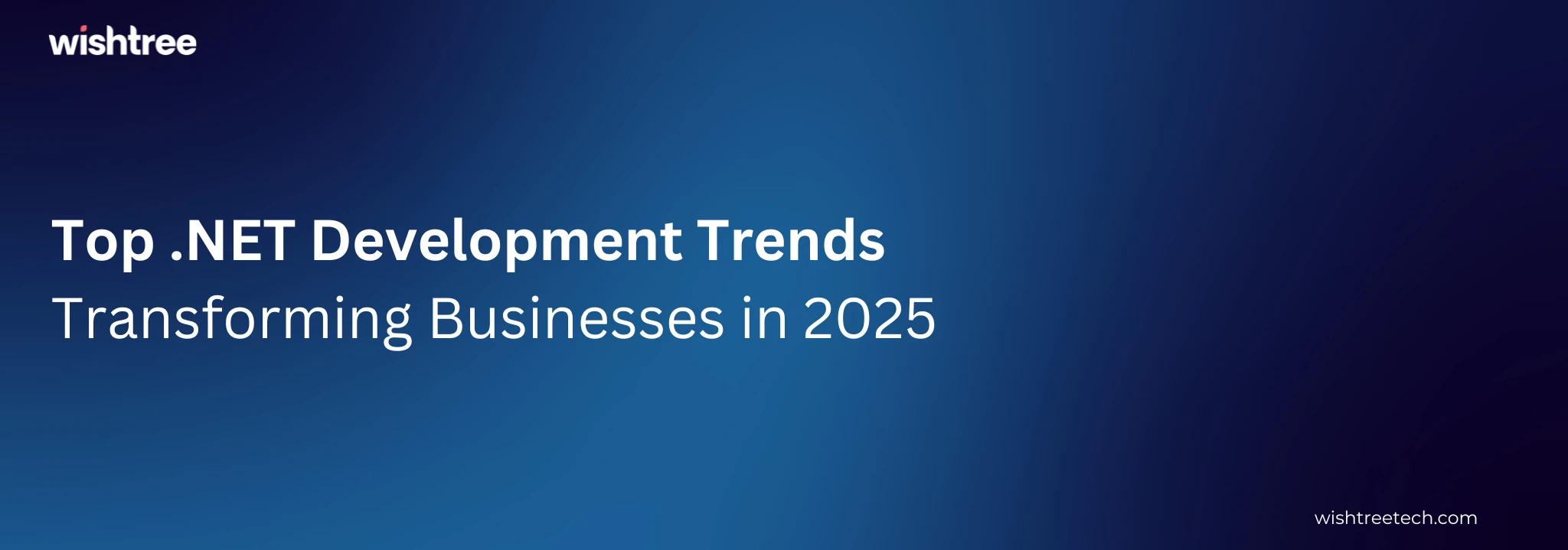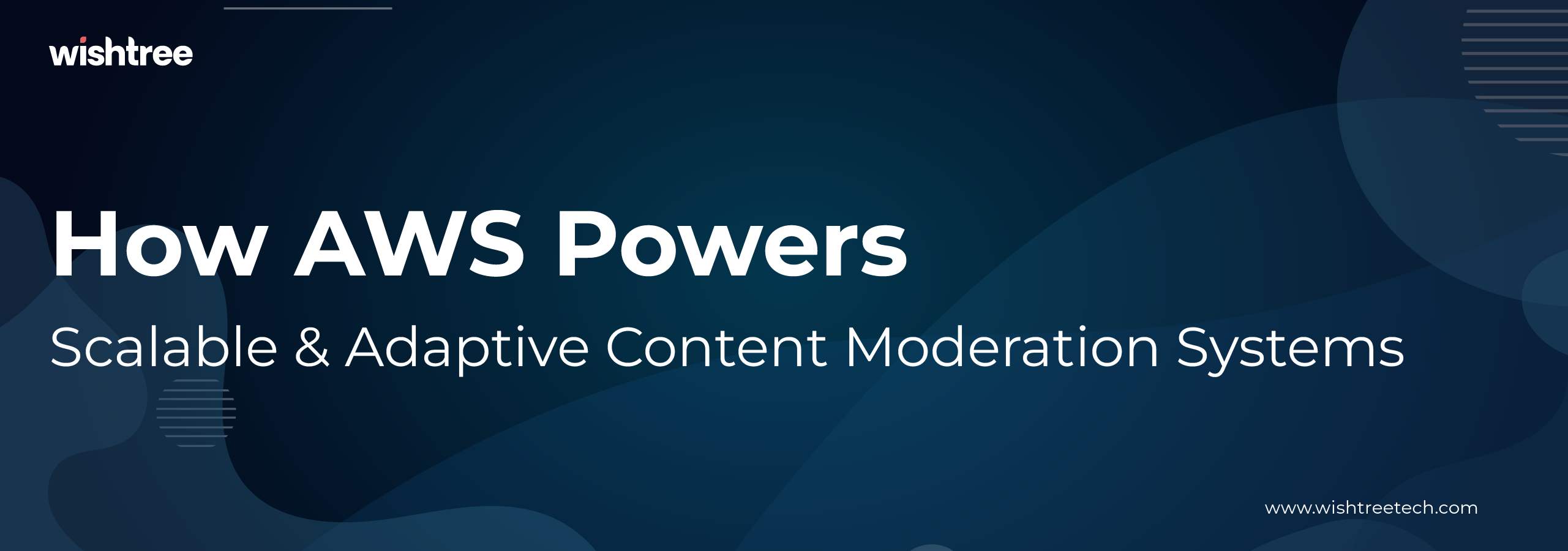Table of Contents
The cloud has become the cornerstone of digital transformation for businesses worldwide. According to Gartner, over 95 per cent of businesses are projected to implement their digital strategies on cloud-native platforms by 2025.
Before businesses can harness the benefits of cloud migration, such as cost savings, flexible access, and infinite scalability, they must first navigate a successful migration process.
Cloud migration has become a necessity for businesses aiming to stay competitive and agile in today’s digital landscape. Digitizing and migrating an organization’s IT assets to the cloud requires careful planning.
Factors such as data quantity, system complexity, and available IT expertise play crucial roles in determining the success of the migration. Underestimating any aspect of this process can lead to extended downtime and hinder future utilization of the cloud.
For mid-sized enterprises, migrating to the cloud offers numerous benefits, including scalability, cost-efficiency, and enhanced flexibility. However, navigating the complexities of cloud migration requires careful planning and execution.
Optimizing your cloud migration strategy involves seven key steps.
Now confidently migrate to the cloud with Wishtree as our partner. We will fine-tune your cloud environment for optimal performance and cost-efficiency.
In this blog post, we’ll delve into these seven critical steps that mid-enterprises must follow to ensure a successful cloud migration journey.
Step 1: Assessing Current Infrastructure and Workloads
The first step in any cloud migration journey is to conduct a comprehensive assessment of your organization’s current infrastructure and workloads.
This involves analyzing existing applications, databases, and IT systems to identify which components are suitable for migration to the cloud. Begin by critically assessing your business needs and determining which assets require digitization.
Additionally, assessing the performance, security, and compliance requirements of each workload is essential to determine the most appropriate cloud deployment model – whether public, private, or hybrid.
There are two primary types of cloud migration:
- Shallow Cloud Integration, which involves minimal or no changes to applications,
- Deep Integration, which requires modifying applications during the migration process.
Choose a suitable cloud model based on your specific requirements, whether it’s a single cloud model for a particular service or a multi-cloud model for greater versatility across multiple projects.
If your organization lacks in-house IT talent, consider engaging the services of a third-party cloud migration provider like Wishtree Technologies to minimize operational disruption and ensure business continuity.
Step 2: Establishing Clear Objectives and Goals
Mid-enterprises must define clear objectives and goals before embarking on a cloud migration project.
This includes identifying the business drivers behind the migration, such as improving scalability, reducing costs, or enhancing disaster recovery capabilities.
Establishing measurable key performance indicators (KPIs) allows you to track progress and ensure that the migration aligns with strategic business objectives.
Step 3: Selecting the Right Cloud Service Provider and Deployment Model
Choosing the right cloud service provider and deployment model is crucial for a successful migration. Mid-enterprises must evaluate pricing, service offerings, security features, and compliance certifications when selecting a cloud provider.
Once your migration strategy is defined, carefully evaluate available cloud providers based on their costs, capabilities, and compatibility with your existing data and applications.
Select a cloud service partner that offers the tools and features necessary to meet the digital needs of your business. Don’t overlook the importance of post-migration support, as ongoing assistance becomes invaluable as your cloud environment evolves.
Step 4: Planning and Executing the Migration Strategy
Once the groundwork is laid, mid-enterprises must develop a comprehensive migration strategy outlining the step-by-step process for moving workloads to the cloud.
This includes selecting migration tools and methodologies, scheduling migration windows to minimize downtime, and establishing data migration strategies to ensure data integrity and security.
Additionally, organizations must allocate resources and define roles and responsibilities to execute the migration plan effectively.
Execute your migration plan according to schedule, ensuring that all assets and systems are transferred smoothly. Maintain clear communication with staff and customers to minimize disruption and frustration during the migration process.
Regularly monitor cloud usage to identify efficiency gaps and prevent data loss. Post-migration, continue monitoring all systems and processes to ensure seamless operations.
Step 5: Enable Staff to Navigate the Cloud Platform Efficiently
Empower your employees with the skills and knowledge needed to navigate the cloud platform efficiently. Prioritize in-house training to boost confidence and prevent future disruptions.
By fostering a digital mindset among your workforce, you can improve operational efficiency and ensure a smooth transition to the cloud.
Step 6: Testing, Optimization, and Continuous Improvement
Testing is a critical phase of the cloud migration, allowing organizations to identify and mitigate potential issues before fully transitioning workloads to the cloud.
Rigorous testing of applications, data migration processes, and security controls ensures that the migrated workloads perform as expected and meet business requirements.
Furthermore, post-migration optimization efforts, such as performance tuning and cost optimization, are essential for maximizing the benefits of cloud migration.
Continuous monitoring and evaluation of cloud infrastructure and workloads enable mid-enterprises to identify areas for improvement and drive ongoing optimization initiatives.
Step 7: Ensure Compliance with Regional Regulations
While the cloud may be borderless, businesses must remain mindful of regional data residency regulations.
Evaluate cloud compliance alongside your migration plan to ensure adherence to relevant regulations. Errors in compliance can complicate processes and impede workflow.
Implement digital solutions your cloud migration partner provides to automate data asset discovery and ensure compliance with data residency requirements.
In Conclusion
Cloud migration presents mid-enterprises with an opportunity to enhance agility, scalability, and efficiency while reducing costs and complexity. Also, successfully migrating to the cloud requires careful planning, execution, and ongoing management.
By following the 7 critical steps outlined in this blog post, organizations can ensure a smooth and successful migration to the cloud.
At Wishtree Technologies, we specialize in helping mid-enterprises navigate the complexities of cloud migration and unlock the full potential of cloud computing. Contact us today to learn how we can support your cloud migration journey and drive business growth.




